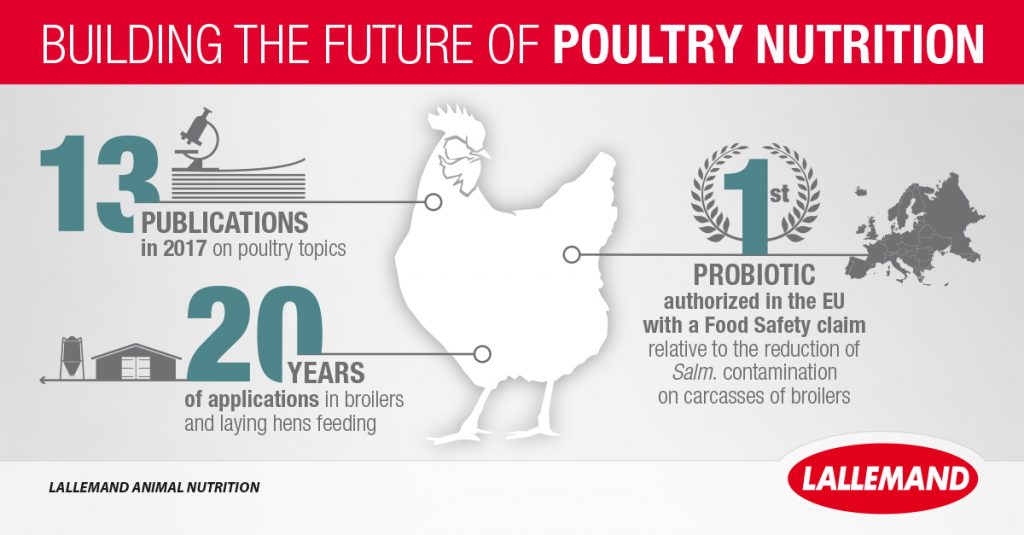Poultry Nutrition – Animal Husbandry And Veterinary Science Notes – For W.B.C.S. Examination.
পোল্ট্রি পুষ্টি – পশুপালন ও পশুচিকিত্সা বিজ্ঞানের নোট – WBCS পরীক্ষা।
Poultry convert feed into food products quickly, efficiently, and with relatively low environmental impact compared with other livestock. The high rate of productivity of poultry results in relatively high nutrient needs. Poultry require the presence of at least 38 dietary nutrients in appropriate concentrations and balance.Continue Reading Poultry Nutrition – Animal Husbandry And Veterinary Science Notes – For W.B.C.S. Examination.
The nutrient requirement figures published in Nutrient Requirements of Poultry (National Research Council, 1994) are the most recent available and should be viewed as minimal nutrient needs for poultry. They are derived from experimentally determined levels after an extensive review of the published data. Criteria used to determine the requirement for a given nutrient include growth, feed efficiency, egg production, prevention of deficiency symptoms, and quality of poultry product. These requirements assume the nutrients are in a highly bioavailable form, and they do not include a margin of safety.
Consequently, adjustments should be made based on bioavailability of nutrients in various feedstuffs. A margin of safety should be added based on the length of time the diet will be stored before feeding, changes in rates of feed intake due to environmental temperature or dietary energy content, genetic strain, husbandry conditions (especially the level of sanitation), and the presence of stressors (such as diseases or mycotoxins).
Water:
Water is an essential nutrient. Many factors influence water intake, including environmental temperature, relative humidity, salt and protein levels of the diet, birds’ productivity (rate of growth or egg production), and the individual bird’s ability to resorb water in the kidney. As a result, precise water requirements are highly variable. Water deprivation for ≥12 hr has an adverse effect on growth of young poultry and egg production of layers; water deprivation for ≥36 hr results in a marked increase in mortality of both young and mature poultry. Cool, clean water, uncontaminated by high levels of minerals or other potential toxic substances, must be available at all times.
Energy Requirements and Feed Intake:
The energy requirements of poultry and the energy content of feedstuffs are expressed in kilocalories (1 kcal equals 4.1868 kilojoules). Two different measures of the bioavailable energy in feedstuffs are in use, metabolizable energy (AMEn) and the true metabolizable energy (TMEn). AMEn is the gross energy of the feed minus the gross energy of the excreta after a correction for the nitrogen retained in the body. Calculations of TMEn make an additional correction to account for endogenous losses of energy that are not directly attributable to the feedstuff and are usually a more useful measure. AMEn and TMEn are similar for many ingredients. However, the two values differ substantially for some ingredients such as feather meal, rice, wheat middlings, and corn distiller’s grains with solubles.
Poultry can adjust their feed intake over a considerable range of feed energy levels to meet their daily energy needs. Energy needs and, consequently, feed intake also vary considerably with environmental temperature and amount of physical activity. A bird’s daily need for amino acids, vitamins, and minerals are mostly independent of these factors. The nutrient requirement values in the following tables are based on typical rates of intake of birds in a thermoneutral environment consuming a diet that contains a specific energy content (eg, 3,200 kcal/kg for broilers). If a bird consumes a diet that has a higher energy content, it will decrease its feed intake; consequently, that diet must contain a proportionally higher amount of amino acids, vitamins, and minerals. Thus, nutrient density in the ration should be adjusted to provide appropriate nutrient intake based on requirements and the actual feed intake.
Appropriate body weight and fat deposition are important factors in rearing pullets for maximal egg production. Most strains of White Leghorn chickens have relatively low body weights and do not tend, under normal feeding, to become obese. Feed is normally provided for ad lib intake to this strain of pullets. For brown-egg strains of chickens, some degree of restriction is often practiced (~90% of ad lib feeding) to prevent precocial onset of lay. Broiler strains tend to become obese if fed ab lib; feed restriction is necessary for broiler pullets and broiler breeders. When feed restriction is practiced, the feed levels of amino acids, vitamins, and minerals must be proportionally increased to prevent deficiencies. Most large commercial breeders provide feed restriction and dietary nutrient guidelines specific for their strains.
Amino Acid Requirements:
Poultry, like all animals, synthesize proteins that contain 20 L-amino acids. Birds are unable to synthesize 9 of these amino acids because of the lack of specific enzymes: arginine, isoleucine, leucine, lysine, methionine, phenylalanine, threonine, tryptophan, and valine. Histidine, glycine, and proline can be synthesized by birds, but the rate is usually insufficient to meet metabolic needs and a dietary source is required. These 12 amino acids are referred to as the essential amino acids. Tyrosine and cysteine can be synthesized from phenylalanine and methionine, respectively, and are referred to as conditionally essential because they must be in the diet if phenylalanine or methionine levels are inadequate. The diet must also supply sufficient amounts of nitrogen to allow the synthesis of nonessential amino acids. Essential amino acids are often added to the diet in purified form (eg, DL-methionine and L-lysine) to minimize the total protein level as well as the cost of the diet. This has the added advantage of minimizing nitrogen excretion.
Please subscribe here to get all future updates on this post/page/category/website


 +919674493673
+919674493673  mailus@wbcsmadeeasy.in
mailus@wbcsmadeeasy.in







































































































